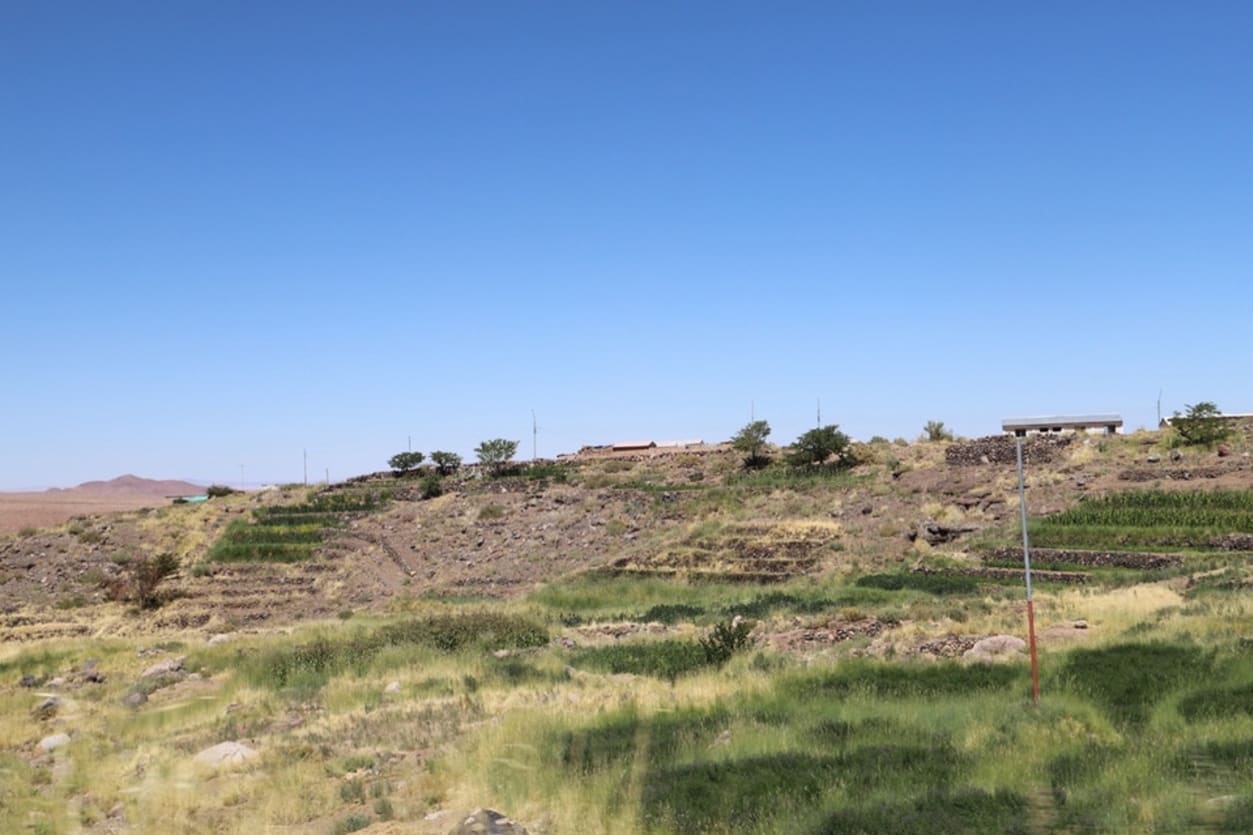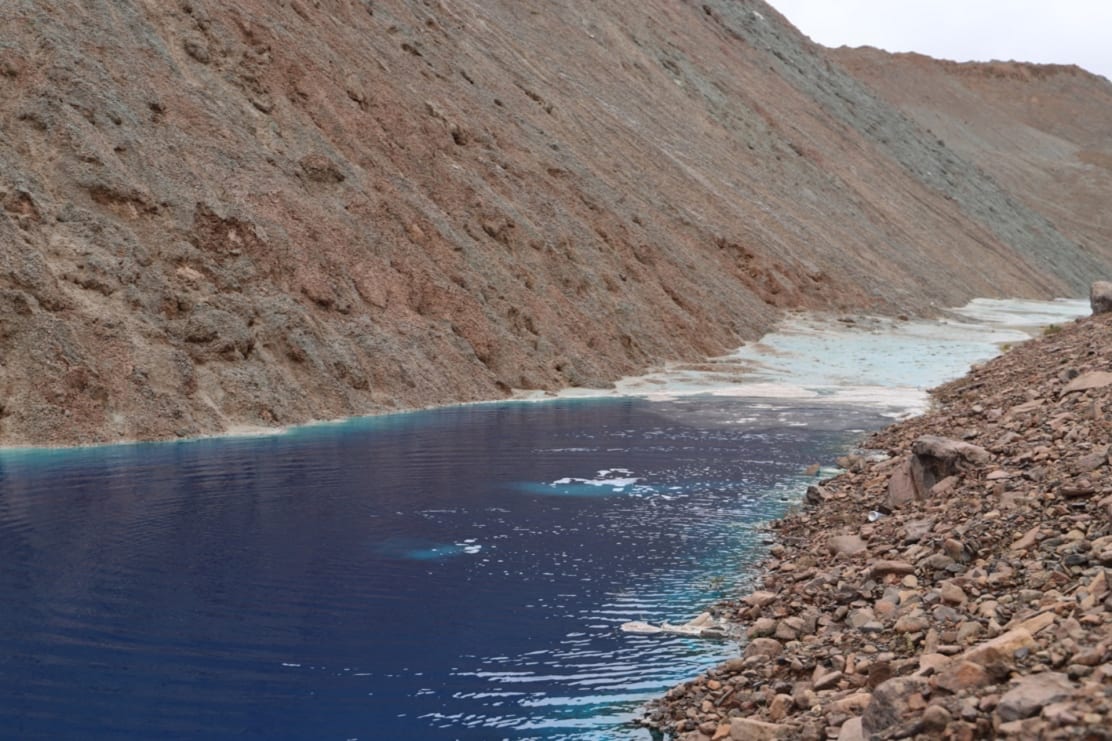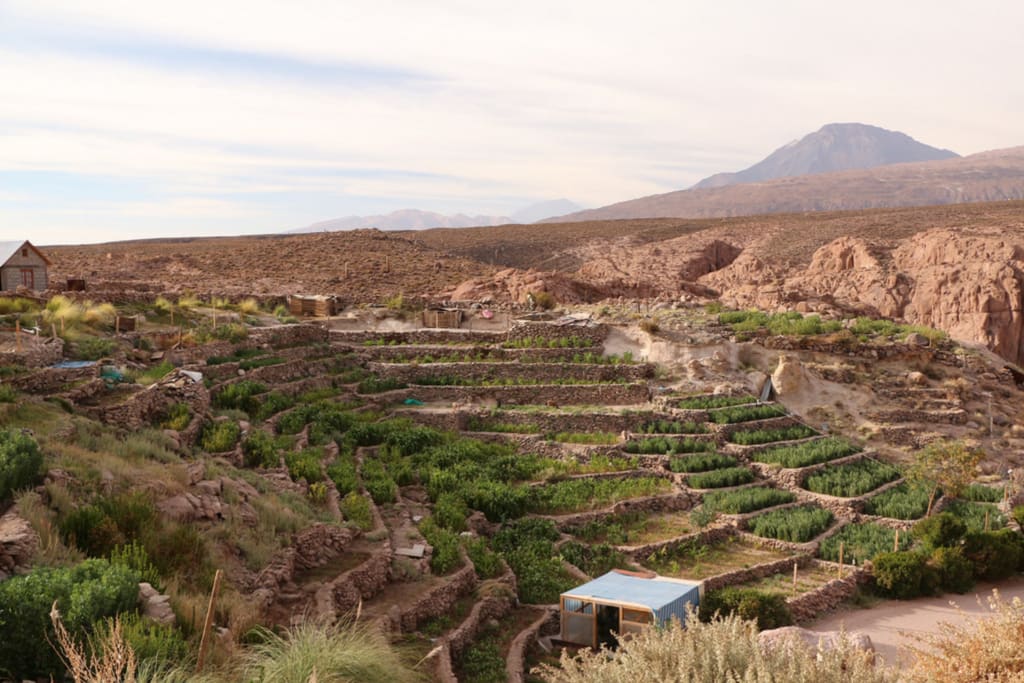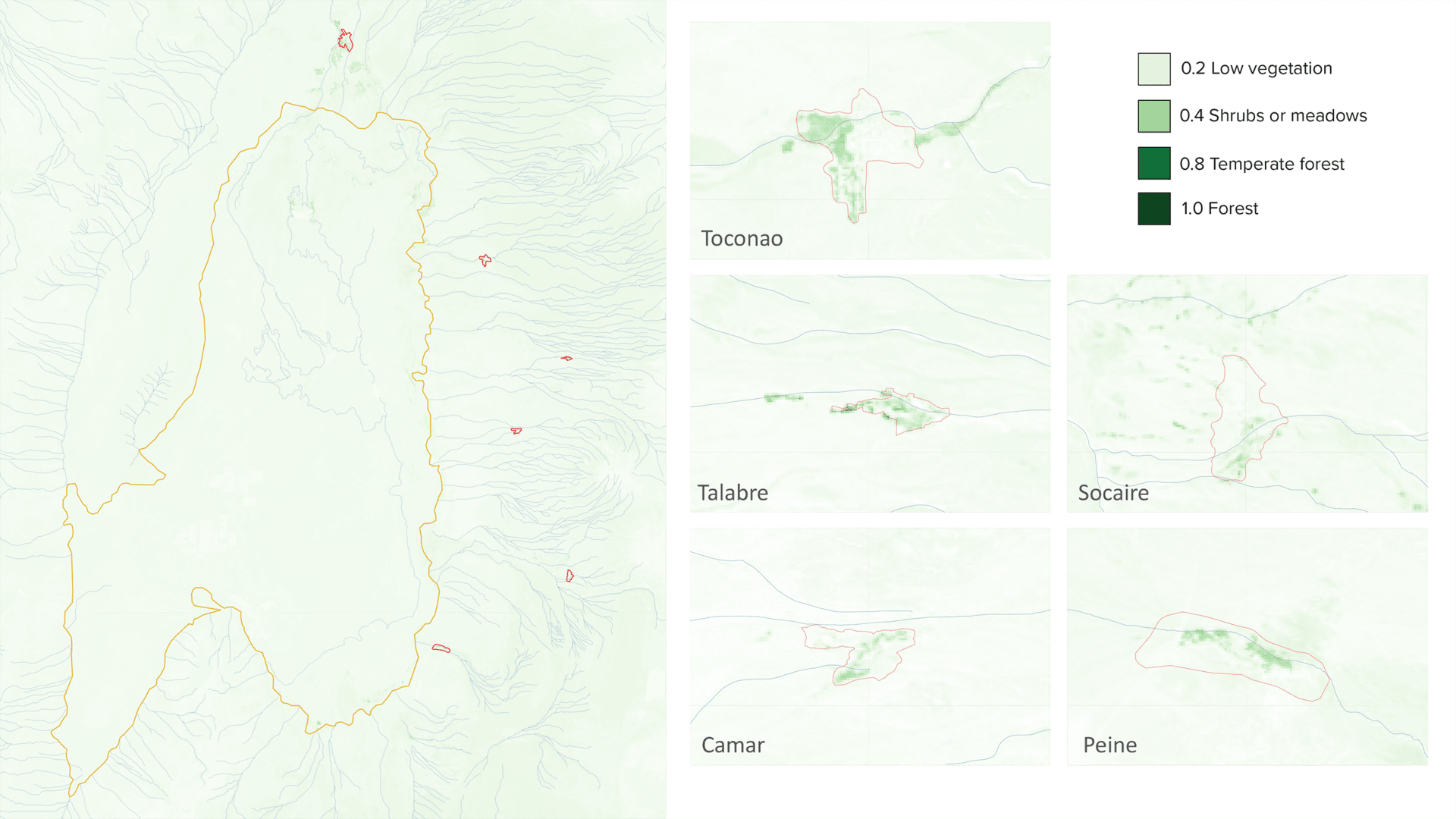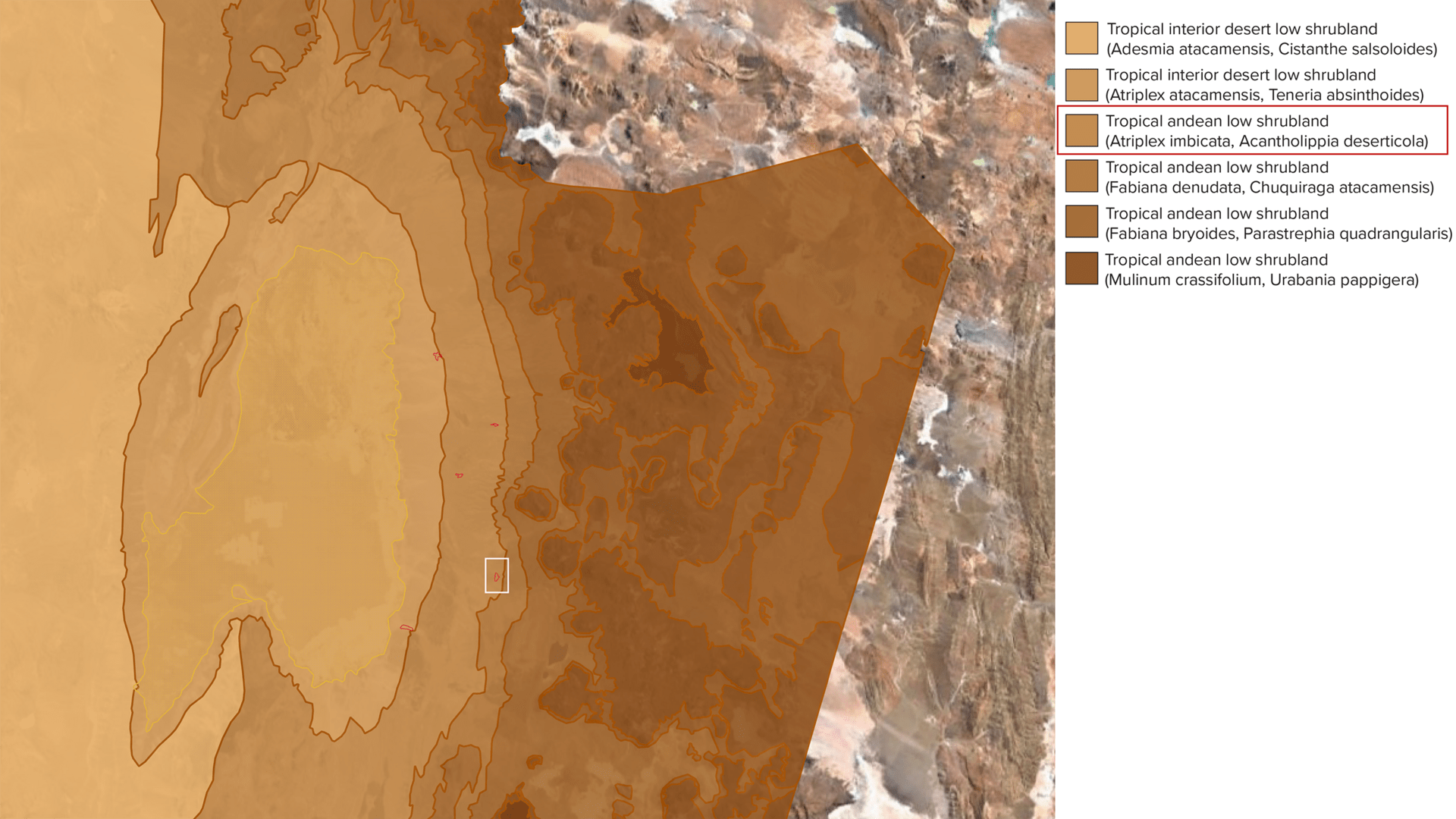The indigenous people have been a part of the landscape long before the Spanish have arrived at America, and they are the true descendants of the original population. Thus, they feel more connected to the territory and their ancestry. As a community, they share social, cultural and political values, which also unites them through their history.
In Chile, which is the biggest producer of lithium in the lithium triangle, mining actually predates colonisation by the Spanish and formed part of the Incan empire at a time before the territory was split. In the times of Inca (1450 AD) there was a symbiotic relationship of exchange, for which mining was done as part of a religious ritual. Similarly, agriculture was also a practice of ritual for the Inca. Through specific cycles they prepared the soil, cultivated crops, and finally collected harvest. They used water retention and drainage systems, and the stone retaining walls on the levelled agricultural terraces, which kept the roots of plants warm at night to expand the growing season. The agricultural terraces also kept moisture within the soil in dry periods, even six months after being irrigated. This base of knowledge is a product of farming in the region for about eleven thousand years.
On the contrary, with the transformation to colonial mining (mid 16th c.), forced labor and extreme extractivism has suppressed such rituals and caused a disowning of lands of the indigenous. As a result of the colonial invasion, the land was transferred to State, which marks the beginning of a disowning of lands and embedded knowledge from indigenous peoples. The Pacific War created the present day borders of Chile, wherein some of the indigenous lands were annexed from Peru and Bolivia. The regions of Tarapacá and Antofagasta were acquired through this process in 1883. The Pinochet regime marks the beginnings in which land custodianship was affected severely. The focus on mining in the acquired northern region intensified in the 1980s under the neoliberal policies of Augusto Pinochet, beginning a new age of extractive colonialism that finalised the disbanding of custodianship or occupation from the royalties extracted from the earth.
Even today, the government doesn’t recognize the indigenous communities to the full extent, hence the indigenous towns in the Tarapaca and Antofagasta Region have disputes with the government and mining. Areas of historical value and natural protection are also constricted with mining. Today, the government owns 51% of Chile’s land and decides for the people. Communities are only considered third parties.
Even though consulting the indigenous for decisions about their livelihoods is a necessity under the ratification of ILO Convention No. 169, the government still has the last say. Sadly, the government is in full support of mining as it forms the backbone of the contemporary Chilean economy. However with the destruction to the environment and changes to indigenous livelihoods outside mining, a number of conflicts arose, often around territory and shared use of resources. Though there has been little success in acquiring title for indigenous that would give them total say over mining, ILO Convention No. 169 that was ratified in Chile in 2007 means that mining companies must enter into negotiation with local people on reducing impacts.
On top of that, the second article of ILO Convention No. 169 on Indigenous and Tribal Peoples in Independent Countries of the International Labor Organization (ILO) states that “governments must assume the responsibility of developing, with the participation of the peoples concerned, a coordinated and systematic action with a view to protecting the rights of these peoples and guaranteeing respect for their integrity”. According to the sixth article, governments must consult the peoples concerned through appropriate procedures, and in addition to that, need to provide the means and resources to guarantee the full development of the initiatives of these people. In the case of mining projects, indigenous consultation takes place within the framework of the Environmental Impact Assessment System. Through consulting indigenous people who are affected, it leads to an agreement on the impacts of the project, mitigation and compensation measures.

